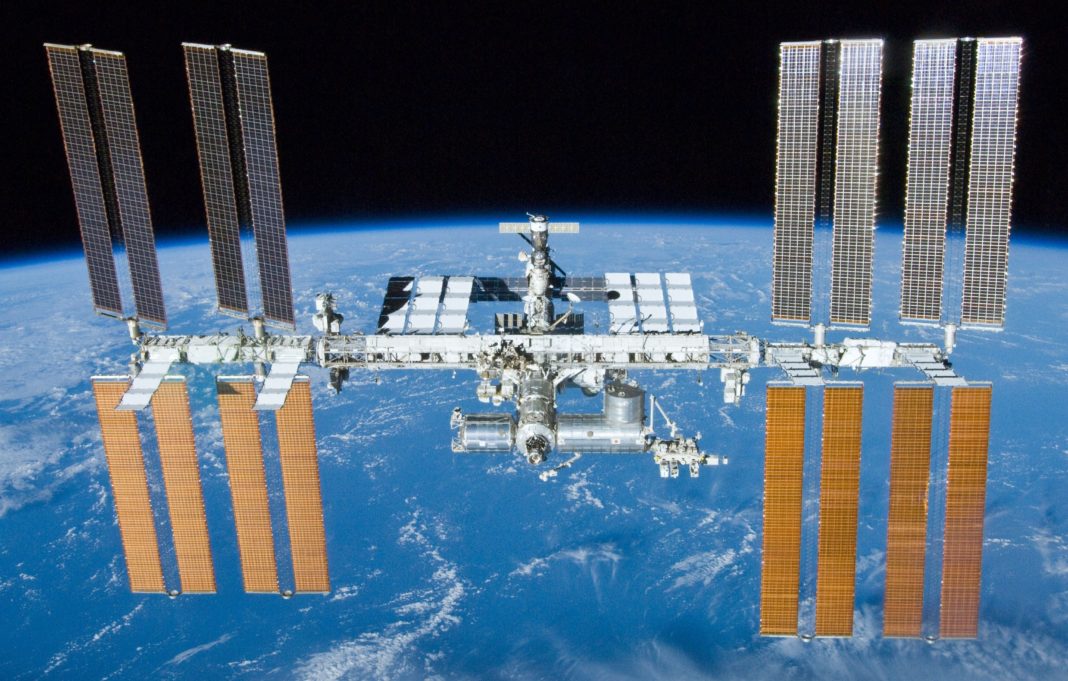Made In Space, Inc. (MIS) will send the first ceramic manufacturing facility to the International Space Station (ISS) on Northrop Grumman’s 14th commercial resupply mission (NG-14).
The Turbine Ceramic Manufacturing Module (CMM) is a commercial in-space manufacturing device designed to demonstrate proof-of-principle single-piece ceramic turbine blisk manufacturing in microgravity for terrestrial use. NG-14 is set to launch from NASA’s Wallops Flight Facility on Wallops Island, Virginia no earlier than Tuesday, Sept. 29 at 10:26 p.m. EDT.
“This mission is an exciting opportunity that further demonstrates the value of the ISS as a platform for commercial innovation and utilization,” said Michael Snyder, Chief Engineer of Made In Space and Chief Technology Officer of Redwire. “Through our partnership with NASA, we are identifying and developing advanced manufacturing processes on orbit that could yield sustainable demand from terrestrial markets. CMM is the first of several missions that could signal a new market for space enabled products.”
According to the subsidiary of Redwire, manufacturing turbine components in microgravity could produce parts with better performance including higher strength and lower residual stress, due to a reduction in defects caused by gravity, such as sedimentation and composition gradients. This technology demonstrates potential use of the space station for unique manufacturing capabilities which could increase commercial utilization of ISS.
CMM also represents the addition of an entirely new 3D printing technology on the ISS. This facility will be the first stereolithography (SLA) printer to operate on orbit. This 3D printing method employs UV-curable resin and a UV laser to form 3D printed objects. SLA printing is ideal for manufacturing high-accuracy parts with complex geometries. MIS pioneered manufacturing capabilities in space with its first- and second-generation 3D printers, with on-orbit operations dating back to 2014.
“The ceramic manufacturing technology that Made In Space is sending to the space station represents an expansion of commercial capabilities on orbit,” said Matthew Napoli, Vice President of In Space Operations at MIS. “The new capabilities that we are developing, with NASA and our technical partners, can yield game-changing innovations to deliver terrestrial benefits through space enabled manufacturing.”
CMM was developed in partnership with NASA’s ISS Research Integration Office at Johnson Space Center. The ceramic facility is one of three ISS pilot payloads developed through this partnership that will look to catalyze and scale demand for commercial capabilities in LEO by producing high-value products for terrestrial use.
Additional technical partners for the CMM mission include HRL Laboratories of Malibu, California and Sierra Turbines of San Jose, California.
CMM is the fifth facility that MIS has launched to the space station.
Remember, you can post AM job opportunities for free on 3D ADEPT Media or look for a job via our job board. Make sure to follow us on our social networks and subscribe to our weekly newsletter: Facebook, Twitter, LinkedIn & Instagram! If you want to be featured in the next issue of our digital magazine or if you hear a story that needs to be heard, make sure to send it to contact@3dadept.com






